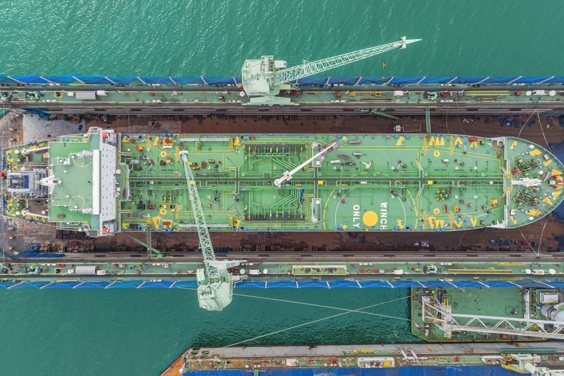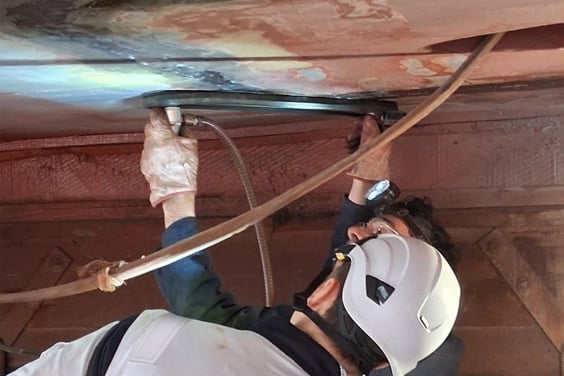Our latest report Applying Advanced Propeller Designs to Ships, explores how optimised propellers and propulsion energy-saving devices (ESDs) can potentially deliver measurable fuel savings, regulatory compliance, and long-term operational resilience.
From market trends and cost-benefit analysis to technical considerations like torsional vibration, underwater radiated noise, and biofouling, this report offers a comprehensive guide for shipowners, designers, and operators navigating retrofit decisions. Subjects covered in this report include:
- Fuel and Carbon Savings: The role propeller retrofits can play in reducing propulsion-related fuel consumption with payback periods shortened further by carbon pricing mechanisms.
- Regulatory Readiness: How retrofits can support compliance with IMO’s CII and EEXI, as well as EU ETS and FuelEU Maritime, helping operators avoid penalties and extend vessel viability.
- Market Momentum: Exploring the sharp rise in retrofit activity since 2020, with also a growing share of newer vessels undergoing upgrades.
- Technology selection choices: Examining vessel-specific factors like hull form and operational profile and their impacts on performance.
- Technical Considerations: Reviewing factors such as torsional vibration, shaft alignment, underwater radiated noise, and biofouling
- Support required: The role of Computational Fluid Dynamics (CFD) modelling and structural analysis to support compliance guidance and performance validation.
Whether you're planning your next drydock or evaluating compliance strategies under IMO and EU regulations, this report provides the data, insights, and expert guidance to support confident, future-ready decisions.
Download the full report to explore the technologies, challenges, and opportunities shaping the next wave of maritime efficiency.









